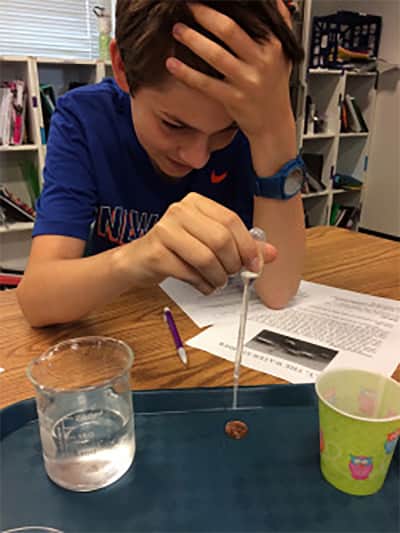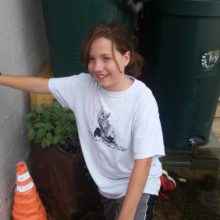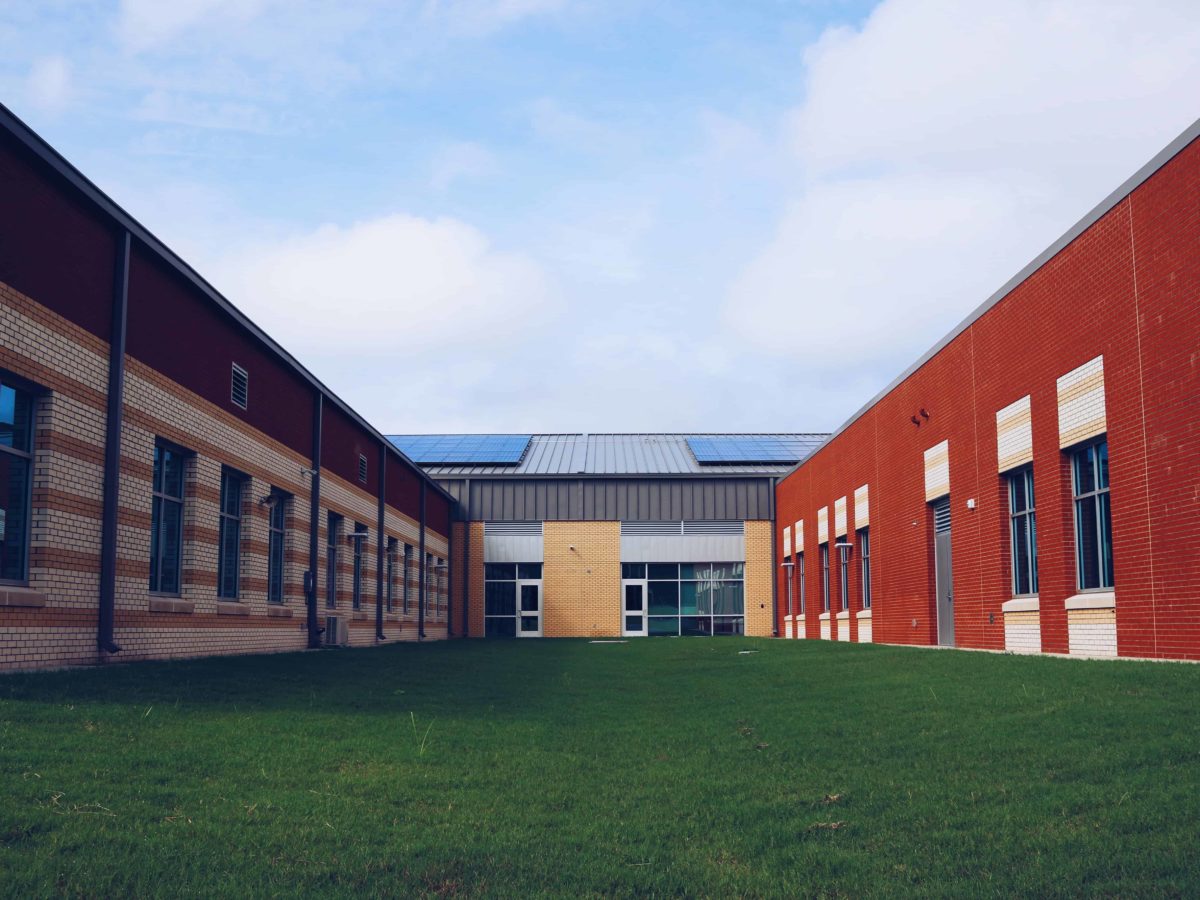
Imagine a school that is not only energy efficient and environmentally conscious, but is also using modern ideas and research in order to give students the most engaging learning experience possible.
It may surprise some to hear that students, of all people, are already full of ideas to make this vision a reality. As eighth grade students ourselves, we asked our fellow peers how they thought schools should be improved, both from an environmental standpoint as well as a learning one.
The first question we asked was, “What is the most important thing we can do to improve energy savings in our K-12 schools?”
Multiple students had different ideas regarding this goal. Collin Raphael stated that “alternate electricity plans, like solar panels,” are the way to go. Solar panels, even on a small scale, can help mitigate the amount of electricity that must be purchased from, and generated by, the utility companies.
Ryan Boat believed that we could “use less energy by trying to insulate buildings to keep warmth in the winter and coolness in the summer.” Better insulation can help lower the amount of strain on air conditioning and heating systems by preventing heat from escaping the building, and in turn, save energy and resources.
Sarah Asfari reminded us to open windows!
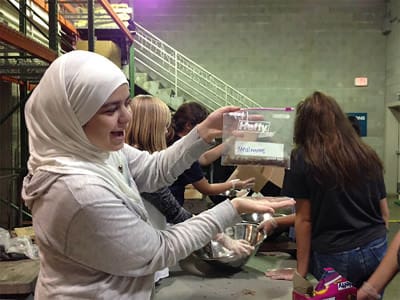
Aidan Rodriguez thought that schools could function better if they “incentivise people to carpool more and bike or walk to school if possible.” An example of such an incentive is a bike rack, which allows students to keep their bikes in a safe area for the entire school day. Carpool and bike usage decreases the amount of emissions coming from cars, as well as the amount of gasoline consumed by vehicles during the commute.
Isabella White, Bianca Ryan, and Zoe Hansen all stressed that you need to teach kids at a young age to turn off the lights! When no one is in a room, hallway, or multi-purpose space. An article posted on energy.gov, the official website of the U.S. Department of Energy, states that using sensors, timers, and other automatic lighting controls are also helpful when the human factor is not working.
Next, we asked, “What are key features that must be included in future school design to improve learning?”
Multiple students came to the same conclusion: more opportunities for movement during the school day, and a space planned out to exercise and push themselves physically. A study from Boston University School of Medicine similarly concluded that students learning at schools that make physical fitness a priority average better grades than schools that do not. A lot of students would like to see spaces on the campus where students can actively move around and play, such as a basketball court, skatepark, or maybe a track; they just want somewhere where they can take a break, move around a little, and then get back to work.
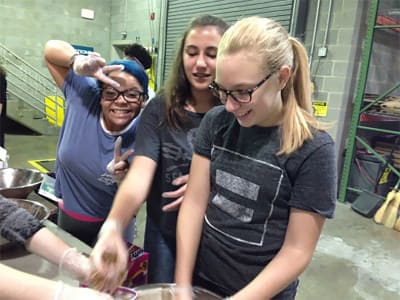
John P. Trougakos, an assistant professor of management at the University of Toronto Scarborough and the Rotman School of Management, uses the analogy that mental concentration is like a muscle. It becomes tired and wary after considerable use (such as after a day at school), but give it a break, and it will rebound. A professor of medicine at the Mayo Clinic, James A. Levine, says that people don’t take enough breaks. “The design of the human is to be mobile,” he says.
Collin Raphael also offered another suggestion. He stated that improved connectivity to the Internet along with a designated area for access would improve the learning experience. Though a designated area for computers and research is necessary, it doesn’t have to be a computer lab. Desktops and PC’s (especially older ones) drain a lot of power and age out quickly, where as a tablet, chromebook, or phone are dependable, energy-saving resources.
Finally, we asked the students why adults have not designed schools in these ways?
Again, a variety of responses ensued. One major statement stood out. Collin Raphael noted that “A lot of these ideas cost large amounts of money.” Short term economic challenges are always present in education budgets, but adults have to consider cost savings. Ryan Boat stated that “[Adults] don’t think about the long-term investment…” Unfortunately, the cheapest way in the short term isn’t always the best method in the long term, and some adults fail to see that.
If strategies like these are implemented in our schools, then we can expect a much more forward-thinking group of children to inherit the world, children who are interested about and engaged in the world around them.
